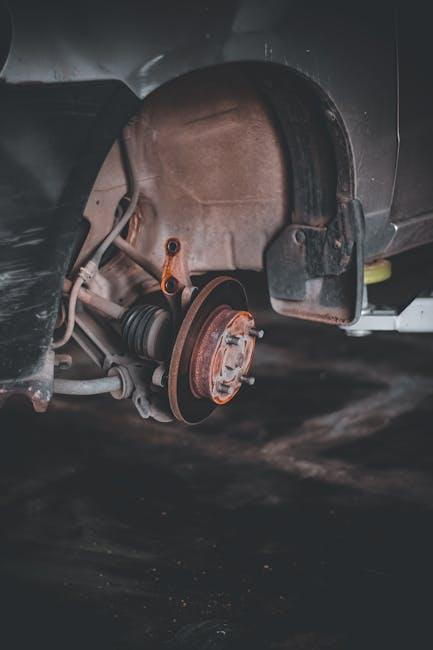Brakes are the unsung heroes of every journey, quietly working behind the scenes to keep us safe by bringing our vehicles to a stop. Yet, when pushed beyond their limits, these vital components can become dangerously hot, risking not only performance but safety itself. Brake overheating is a frequent but often overlooked challenge, especially on long descents or in stop-and-go traffic. Understanding how to prevent brake overheating is essential for preserving the integrity of your braking system and ensuring peace of mind on the road. In this article, we’ll explore practical strategies and insightful tips to help you keep your brakes cool under pressure, extending their lifespan and maintaining optimal performance every mile of the way.
Table of Contents
- Understanding the Causes of Brake Overheating and Its Risks
- Selecting the Right Brake Pads for Heat Resistance and Durability
- Techniques for Proper Brake Usage on Steep Descents
- Maintaining Brake Components to Ensure Optimal Cooling
- Upgrading Your Brake System for Enhanced Heat Dissipation
- Monitoring Brake Temperature with Modern Diagnostic Tools
- Q&A
- Wrapping Up
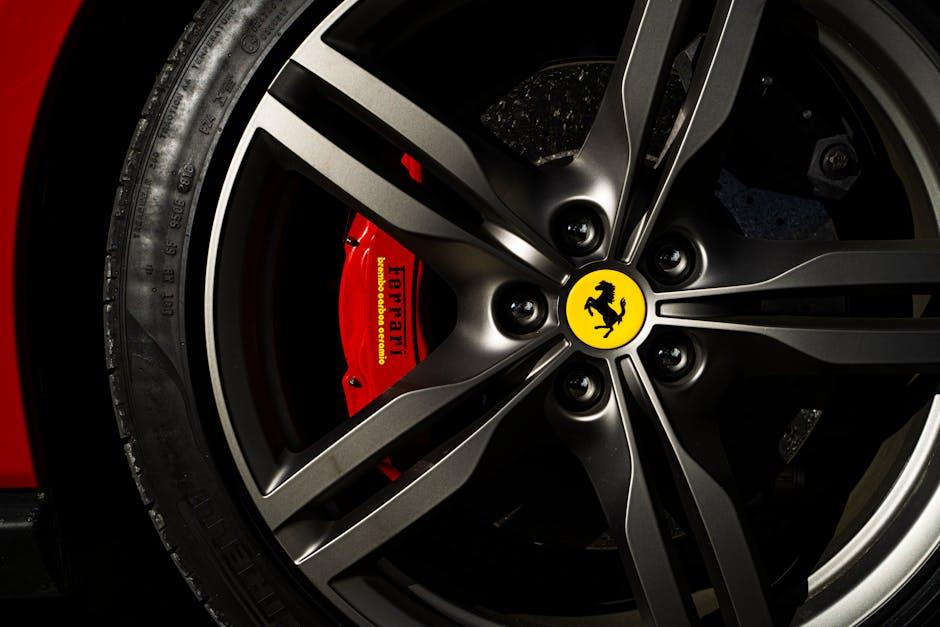
Understanding the Causes of Brake Overheating and Its Risks
Brake overheating primarily occurs when excessive friction generates more heat than the brake system can dissipate efficiently. This often happens during prolonged downhill driving or when frequent, heavy braking is applied, causing the brake pads and rotors to reach dangerously high temperatures. Other causes include worn-out brake components, such as thin brake pads or glazed rotors, which reduce friction efficiency and increase heat buildup. Additionally, using low-quality brake fluid or failing to bleed the brakes can lead to brake fade, where the brakes lose their responsiveness due to overheating.
Risks of brake overheating can be severe and should not be underestimated:
- Reduced braking power, leading to longer stopping distances
- Warped rotors causing vibrations and uneven brake engagement
- Damage to brake pads, making them less effective and requiring early replacement
- Potential brake fluid boiling, resulting in complete brake failure
| Cause | Effect | Prevention |
|---|---|---|
| Prolonged braking | Heat buildup | Use engine braking |
| Worn brake pads | Reduced friction | Regular inspection |
| Old brake fluid | Brake fade | Routine fluid change |
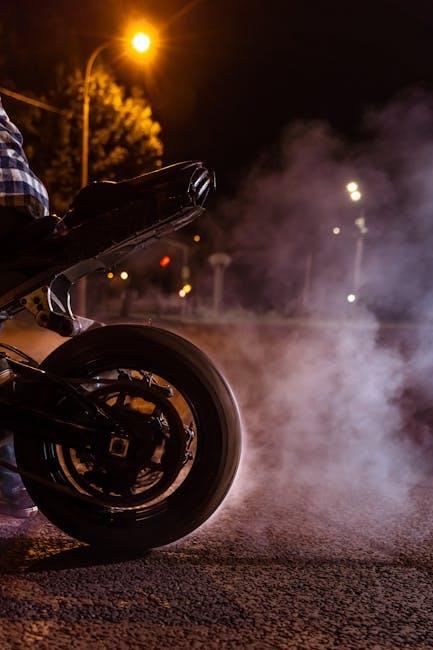
Selecting the Right Brake Pads for Heat Resistance and Durability
Choosing brake pads that can withstand extreme temperatures is crucial for maintaining optimal braking performance and ensuring safety. Look for materials specifically engineered for heat resistance, such as ceramic composites or semi-metallic compounds, which dissipate heat effectively and reduce wear. These materials not only maintain their friction properties under stress but also help prevent brake fade during prolonged downhill drives or heavy traffic conditions. Additionally, selecting brake pads with high thermal conductivity can directly improve heat dissipation, enhancing both durability and braking responsiveness.
When evaluating brake pads, consider these essential features to enhance heat endurance and longevity:
- Thermal stability: Ability to maintain performance under rising temperatures.
- Wear resistance: Longer lifespan even with regular high-load braking.
- Low dust generation: Keeps rotors cleaner and prevents heat traps.
- Enhanced friction coefficient: Consistent braking power without fading.
| Brake Pad Type | Heat Resistance | Durability |
|---|---|---|
| Ceramic | High | Excellent |
| Semi-Metallic | Moderate to High | Good |
| Organic | Low | Moderate |

Techniques for Proper Brake Usage on Steep Descents
When descending steep slopes, relying solely on continuous brake application can lead to dangerous overheating, reducing braking efficiency and increasing the risk of brake fade. Instead, mastering controlled, intermittent braking ensures your brakes have time to cool down between uses. Engage the brakes firmly but briefly, then release to allow airflow to cool the system. Pair this with engine braking by downshifting to lower gears, which helps maintain a safe speed without straining your braking system.
Implement these practical tips to enhance brake longevity:
- Use engine braking as a primary speed control method.
- Apply brakes in short bursts rather than constant pressure.
- Maintain a safe distance from vehicles ahead to avoid sudden braking.
- Monitor brake temperature if your vehicle provides this feature.
- Plan your descent to include gentle curves and avoid prolonged straight downhill stretches.
| Technique | Benefit | Frequency |
|---|---|---|
| Engine Braking | Reduces brake wear | Constant |
| Intermittent Braking | Allows cooling periods | Every 20-30 sec |
| Maintaining Distance | Avoids sudden stops | Continuous |
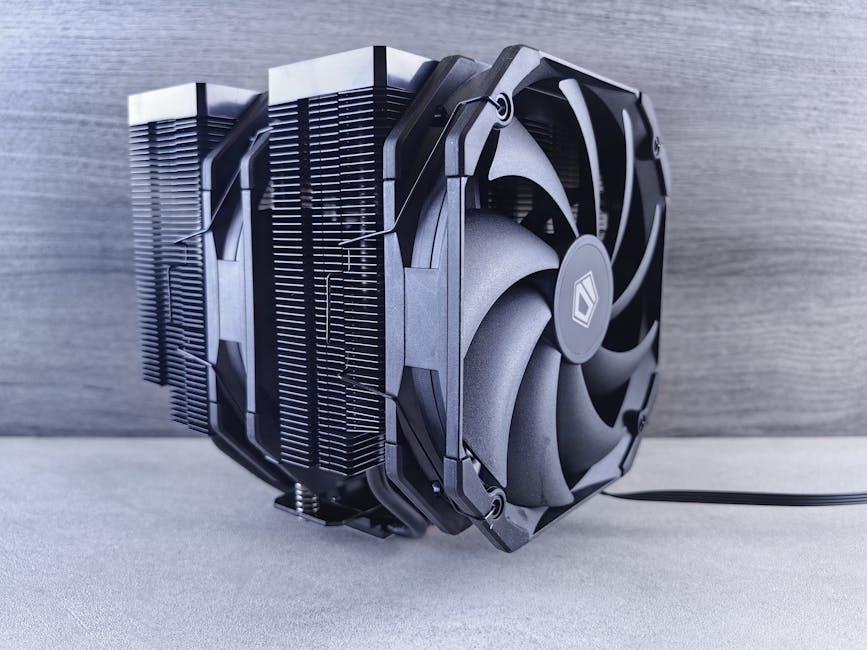
Maintaining Brake Components to Ensure Optimal Cooling
Proper upkeep of your brake components plays a pivotal role in preventing excessive heat buildup during operation. Regular inspections allow you to identify worn pads, glazed rotors, or damaged calipers that may hinder effective heat dissipation. By ensuring brake pads are neither too thin nor unevenly worn, you maintain optimal contact surfaces that relieve friction efficiently without generating excessive heat. Additionally, keeping rotors clean and free from rust or debris enhances airflow around the brake assembly, promoting consistent cooling even during extended braking events.
Integrating routine maintenance practices can be simplified by using the following checklist:
- Check brake pad thickness: Replace if less than 3 mm
- Inspect rotor surface: Look for grooves, warping, or discoloration
- Examine caliper function: Ensure pistons move freely
- Flush brake fluid: Replace every 2 years to prevent moisture buildup and boiling
| Component | Maintenance Tip | Cooling Benefit |
|---|---|---|
| Brake Pads | Replace early signs of wear | Prevents overheating from excessive friction |
| Rotors | Resurface or replace damaged areas | Enhances heat dissipation and reduces warping |
| Calipers | Lubricate and check piston mobility | Avoids drag and excess heat buildup |
| Brake Fluid | Change periodically | Maintains consistent hydraulic performance and reduces vapor lock |
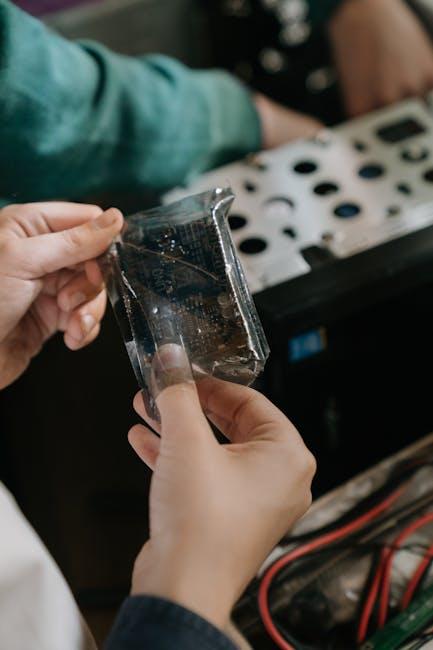
Upgrading Your Brake System for Enhanced Heat Dissipation
When aiming to elevate your vehicle’s braking performance, prioritizing enhanced heat dissipation is key. Traditional brake systems can quickly become overwhelmed under intense driving conditions or frequent stopping, leading to brake fade and reduced efficiency. Upgrading to components designed for superior thermal management not only improves safety but also prolongs the lifespan of your brake parts. Consider integrating ventilated rotors, which feature internal vanes to channel air more effectively, dissipating heat rapidly and keeping temperatures at bay. Additionally, switching to high-performance brake pads made from advanced materials can reduce heat buildup and increase friction consistency.
Beyond hardware upgrades, certain supplementary features can further boost cooling:
- Slotted or drilled rotors improve airflow and prevent gas buildup between the pad and rotor surface.
- Brake cooling ducts direct fresh air to critical components during motion.
- Lightweight alloy calipers reduce heat retention and overall unsprung weight.
The combination of these elements creates a synergistic effect, enhancing thermal regulation and ensuring your brakes remain responsive under stress. Investing in these upgraded parts is a proactive way to maintain peak performance and prevent costly brake system failures caused by overheating.
| Upgrade Component | Heat Dissipation Benefit | Driving Scenario |
|---|---|---|
| Ventilated Rotors | Improved airflow to reduce rotor temperature | Mountain descents, city traffic |
| Slotted/Drilled Rotors | Prevents gas and dust build-up, enhances cooling | Track days, heavy towing |
| Brake Cooling Ducts | Channels fresh air directly to brakes | High-speed runs, highway use |
| Lightweight Alloy Calipers | Reduces heat retention and weight | Performance driving, spirited road use |

Monitoring Brake Temperature with Modern Diagnostic Tools
Advancements in vehicle diagnostics have revolutionized the way we monitor brake systems, allowing drivers and mechanics to stay ahead of overheating issues before they escalate. Modern diagnostic tools employ infrared sensors and telemetry devices to provide real-time temperature readings, ensuring that each brake pad and rotor are operating within safe thermal limits. These technologies not only help identify hotspots quickly but also enable detailed historical tracking of brake performance under various driving conditions, promoting proactive maintenance rather than reactive fixes.
Utilizing these tools effectively requires understanding their core features and capabilities. By integrating data from multiple sensors, diagnostics can detect anomalies such as uneven heat distribution or rapid temperature spikes commonly linked to aggressive braking or faulty components. Key functionalities include:
- Instant heat mapping of brake assemblies for accurate pinpointing
- Automated alerts triggered when temperatures exceed safe thresholds
- Comprehensive data logs to analyze brake usage trends over time
| Tool Type | Key Feature | Ideal Application |
|---|---|---|
| Infrared Thermometer | Non-contact temp reading | Quick spot checks |
| Telemetry Sensors | Live data transmission | Performance monitoring |
| Onboard Diagnostics (OBD) | Error codes & data logs | Comprehensive diagnostics |
Q&A
Q&A: How to Prevent Brake Overheating
Q1: What exactly causes brake overheating?
A1: Brake overheating occurs when the brake components—primarily the pads and rotors—absorb more heat than they can dissipate. This usually happens during prolonged or intense braking, such as driving down steep hills, frequent stop-and-go traffic, or aggressive driving. The friction that stops your car generates heat, and when that heat builds up excessively, it can lead to reduced braking efficiency and component damage.
Q2: Why is overheating brakes a problem?
A2: Overheated brakes suffer from something called “brake fade,” where the braking power dramatically decreases. This not only lengthens the stopping distance but may also cause permanent damage to braking parts like warped rotors or worn pads. In worst cases, it can compromise safety by causing brake failure.
Q3: How can I avoid brake overheating when driving downhill?
A3: Use engine braking by shifting to a lower gear rather than relying solely on your brakes. This technique lets the engine slow the vehicle, reducing the need for constant brake application. Also, apply brakes intermittently rather than continuously—brake firmly, then release to allow cooling before braking again.
Q4: Does my choice of brake pads affect overheating?
A4: Absolutely. Different brake pad materials handle heat differently. High-performance or ceramic pads tend to dissipate heat more efficiently and withstand higher temperatures without fading. Standard organic pads may overheat quicker under stress. Selecting the right type of pads for your driving conditions helps prevent overheating.
Q5: Can regular maintenance help prevent brake overheating?
A5: Yes! Keeping your brake system in good shape ensures optimal heat dissipation. This includes checking for worn pads, ensuring rotors are smooth and not warped, and maintaining the braking fluid. Old or contaminated brake fluid can boil during heavy braking, reducing hydraulic pressure and increasing the risk of overheating effects.
Q6: Is there any driving behavior I should avoid to prevent overheating?
A6: Avoid riding the brakes—that is, lightly pressing the brake pedal continuously—which keeps friction (and heat) high without fully stopping your car. Also, minimize aggressive or excessive braking whenever possible. Planning your stops ahead and maintaining a steady speed can reduce the load on your brakes.
Q7: Are there any technology features that help prevent brake overheating?
A7: Modern vehicles often include features like electronic brake-force distribution, anti-lock braking systems (ABS), and even regenerative braking in hybrids and EVs, all of which help manage braking force and heat better. However, no technology completely replaces good driving habits and proper brake maintenance.
By understanding what causes brake overheating and adopting smart driving and maintenance habits, you can keep your brakes cool and your journeys safe. Remember, cool brakes are happy brakes!
Wrapping Up
In the end, preventing brake overheating is less about avoiding a single moment of intense heat and more about embracing a culture of mindful driving and regular maintenance. By understanding the signs, moderating your driving habits, and giving your brake system the care it deserves, you not only extend the life of your brakes but also ensure your safety on every journey. Remember, a cool brake is a reliable brake—one that stands ready to protect you when it matters most. So take the wheel with confidence, and let your brakes breathe easy.
